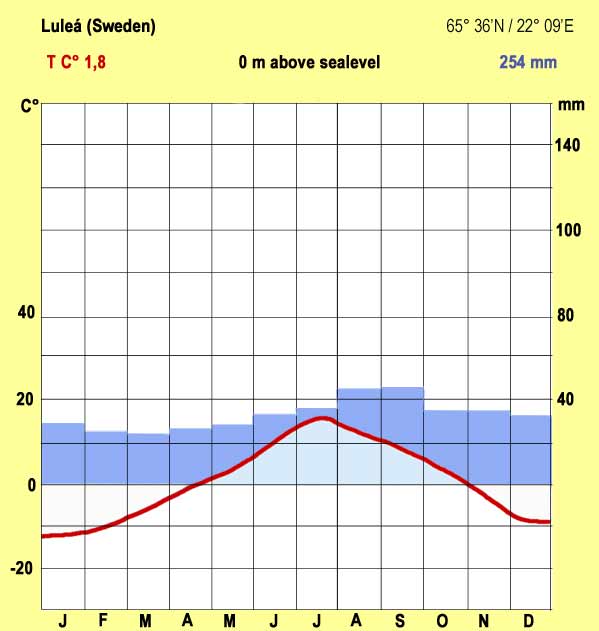 > ENC Master > Climate Encyclopaedia > Oceans > basics > 1. Oceans and climate > * Worksheet 4
> ENC Master > Climate Encyclopaedia > Oceans > basics > 1. Oceans and climate > * Worksheet 4
|
|
Worksheet: Oceans and climateSheet 4: Simulation of the Gulf Stream |
The simulation of the Gulf StreamFilm courtesy: Deutsches Klimarechenzentrum, Hamburg 1992, and 2002 for the digital version (http://www.dkrz.de) Attention: Exercise:
|
|
In this animation you can see how warm water masses move from the Gulf of Mexico towards Europe. Watch the red and yellow arrows which indicate warm water. Notice that the water temperatures off Canada are lower than those off Northern Europe. The Gulf Stream and the North Atlantic Current are the reasons why Western and Northern Europe are warmer than other regions around the world which are at the same latitude. |
|
|
|
You can now see the empty depth of the Atlantic. The simulation shows single water currents on the surface travelling towards the North East. Decades later, the cold water travels south in the deep Atlantic Ocean. |
|
|
|
Notice the extremely deep hollows in the Atlantic off Greenland and Norway. Follow the single currents and see how they dive into these two deep areas. The surface plot shows how we think these areas will decrease in size as a result of global warming. This will reduce the amount of new deep water formed and slow down or even stop the thermohaline circulation. This has huge implications for our climate. Have a look in the Oceans and Climate Topic in the Read More Section for details. |
|
|
|
The open question is: How will this influence the climate? |
|
||||||||||||||||||||||||||||||||||||||||||||||||||||||||||||||||||||||||||||||||||||||||||||||||||||||||||||||||||||||||||||||||||
Exercise:
|
 |
|
|
 |
|
climate diagrams of Lulea and Narvik, author: Julia Heres |
About this page:- Author: - Prof. Dr. Schrettenbrunner - University of Nürnberg - Germany
|


